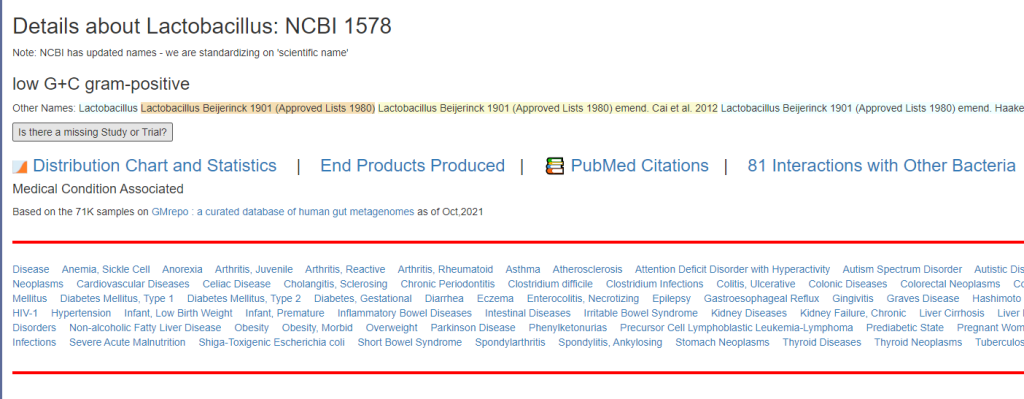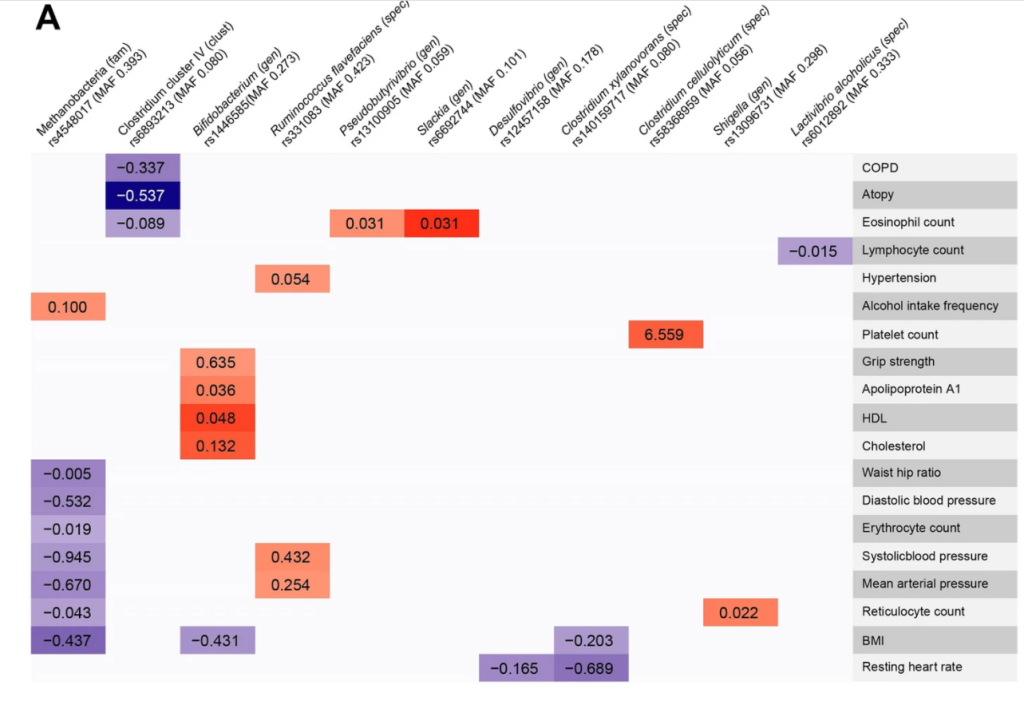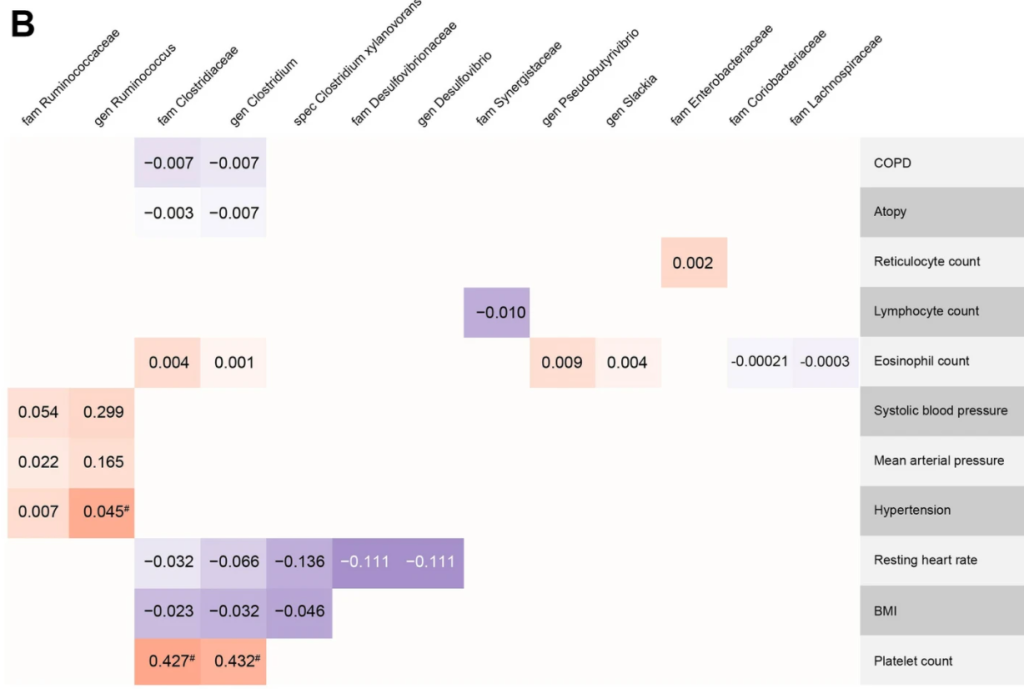Your body is like a brand new car, everything runs perfectly (assuming no factory recalls). You drive it all over the place and happy with using it. One day, you park it and a stranger’s car hits it (the infection) and knocks it into a ditch filled with water.
The car is recovered from the ditch, taken to a body shop and a local service station mechanic to fix the damage and make sure everything runs. These are the physicians of the car world.
On your next trip over the mountains, pulling your usual vacation trailer, you find a ton of symptoms with the car:
- You smell something, is it mold? is it oil smoking?
- The car does not pull the trailer as easy as before, flooring the gas pedal gets you up to just 20 miles per hour where you did 50 miles per hour before
- You hear creaks when some doors open
- One window occasionally will not go up or down (but does it whenever it is in the shop)
- Some warning lights flashes on for a while and disappear
A car expert comes in. Almost disassemble the car totally! He discover a massive list of issues caused by earlier events:
- The insulation on the electrical system cables has been damaged, circuit boards no longer work to specification, you may need to have all of it replace…
- There is an oil leak
- There is a slow leak of the radiator, hence the engine warning lights occasionally come on
- There is mold behind the panels and under the carpets
- Corrasion is starting on the brakes lines
and the list goes on and on.
You go to your insurance company (almost like Medical Insurance) and find there is only a little coverage. They look at the cost of fully fixing the car, and realize that is far above the blue book value. In fact, they claim that some of issues occurred while the car was insured with a different company, hence they are not responsible (“pre-existing condition”).
In some cases, like some onboard computers, replacement (treatment) is not available or deemed experimental. For example, a fecal matter transplant from a suitable donor.
You walk into your usual local car mechanic (family MD) with the list of items to fix. He looks at you with a blank stare. You may hear one of the following:
- You really don’t need to fix all of those items, I will change the air filter for you and we’ll see how it will run…
- I can’t fix those things. You are just tossing away money
- How much money are you willing to spend, I will try fixing them — no guarantees
- That’s the way it is with older cars, it’s natural!
A human is far more complex than a car. A lot of the issues trace back to the residue from the accident, the microbiome shifts. Some issues can be fixed (for example, removing moisture before consequences happen), some issues may persist (like wheel alignments), others can be ameliorated (for example, perhaps using higher octane gas).
The common mistake is to assume that fixing the dented front fender is all the repair that is needed. This problem is more complex because we are just the drivers (and owner) of the car — but know little about how it functions.





















Recent Comments